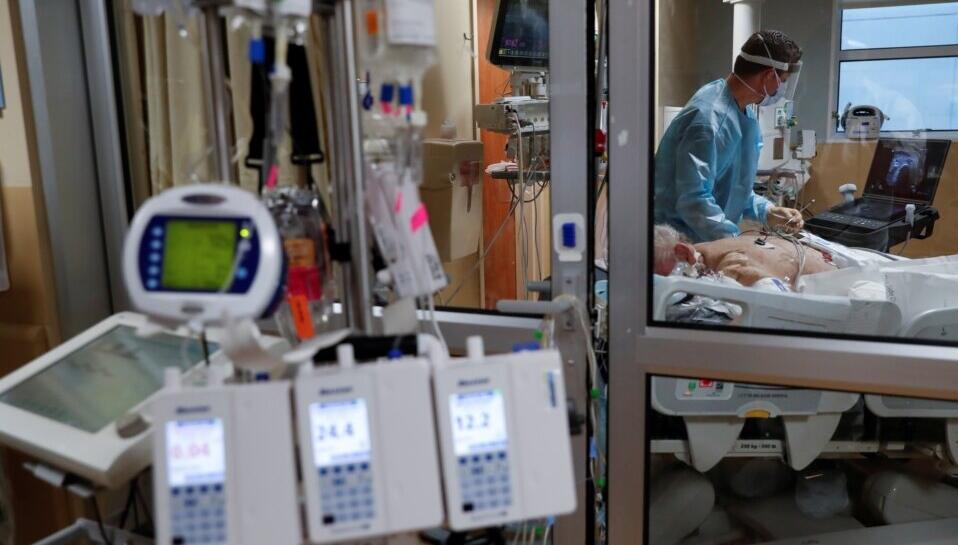COVID-19 Guides Hospitals of the Future
Tim Putnam operates a small hospital in rural Indiana. In March 2020, the 25-bed facility got hit very hard by COVID-19.
"We had more cases per capita in our region than, I believe, anywhere," said Putnam, head of Margaret Mary Health. "We were equal to New York City."
At the worst point of the pandemic, Putnam's employees were caring for 40 patients. One of the hospital's biggest struggles was trying to effectively treat a flood of long-term patients.
Many local community members came forward to do what they could to help. Some donated or made face coverings for health care workers. A local dealer of recreational vehicles offered to provide free use of the vehicles for treating patients or as a place for workers to sleep.
Several hospital employees at Margaret Mary Health got sick, but all of them recovered.
Hospitals across the United States have faced similar problems during the pandemic. Before the crisis, they had not thought much about how to quickly adapt during a health care emergency.

Today, many American hospitals remain more centered on services for outpatients – people who come to the hospital for treatment, but do not need to stay overnight.
Putnam said 83 percent of his hospital's money comes from outpatient work. As a result, he said a lot of the hospital's inpatient areas were unused before the COVID-19 health crisis.
The pandemic has forced many hospitals to rethink how to keep their communities safe and healthy. Putnam has spoken to hospital design experts to better prepare his hospital for the next disaster.
Jim Albert designs health care centers for a living. He says most hospitals were not designed to serve a large increase in patients. But that is starting to change, with designers working to create more adaptable spaces. For example, putting more power outlets on a wall or increasing pipe sizes could support more machines to assist breathing.
Albert said effective planning can save money and permit "far greater flexibility" in how spaces are used. "Could we put two patients in every room in a true emergency, if we had to?"
Putnam is seeking a hospital design that can adapt to changing needs in different emergency situations that could arise. "The design cannot be a static design," he said.
As an example, Putnam said that during a crisis, the physical therapy center might need to become an operating room. Administrative offices may need to turn into space for patient care. That kind of adaptability needs to be built into the building's design, he added.
Emergency waiting rooms
Another much bigger concern for hospitals after COVID-19 is preventing the spread of infection. This could greatly change the way public spaces in hospitals, like waiting rooms, are designed.
For example, patients could be asked to wait in their vehicles outside the building until they can be seen. Or, a whole area of the emergency department might be created to only treat infectious patients.
Spaces for hospital employees might also change. Fewer people could share workspaces and there could be fewer break rooms. Non-medical workers could be moved out of the hospital to work from home, Albert said.
Another concern is ventilation. In most hospitals, only about one-third of the air is brought in from the outside. But one hospital Albert is currently designing would provide fully fresh air to some rooms.
Hospitals of the future
Hospitals are also looking for new ways to keep patients healthy so they will not need to go to the hospital. One plan is to increase the number of online doctor visits.
Putnam and other hospital officials say community hospitals need to be ready and flexible to deal with the next medical emergency, whatever that may be. That is why it will be important to design centers that can meet that need.
"I would really encourage people not to design the hospital they wanted for this pandemic, but think of all the other possible things," Putnam said.
I'm Dorothy Gundy.













